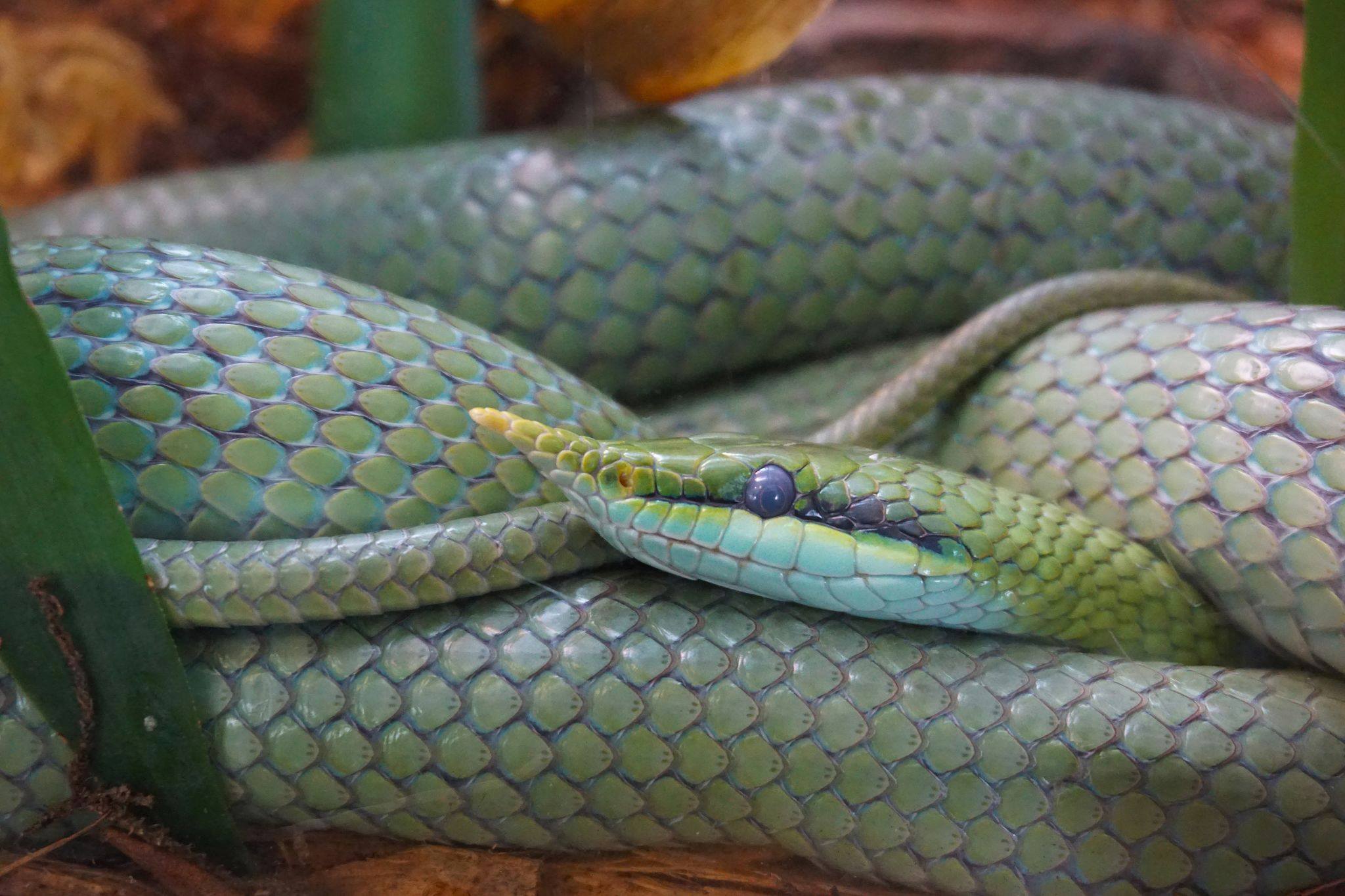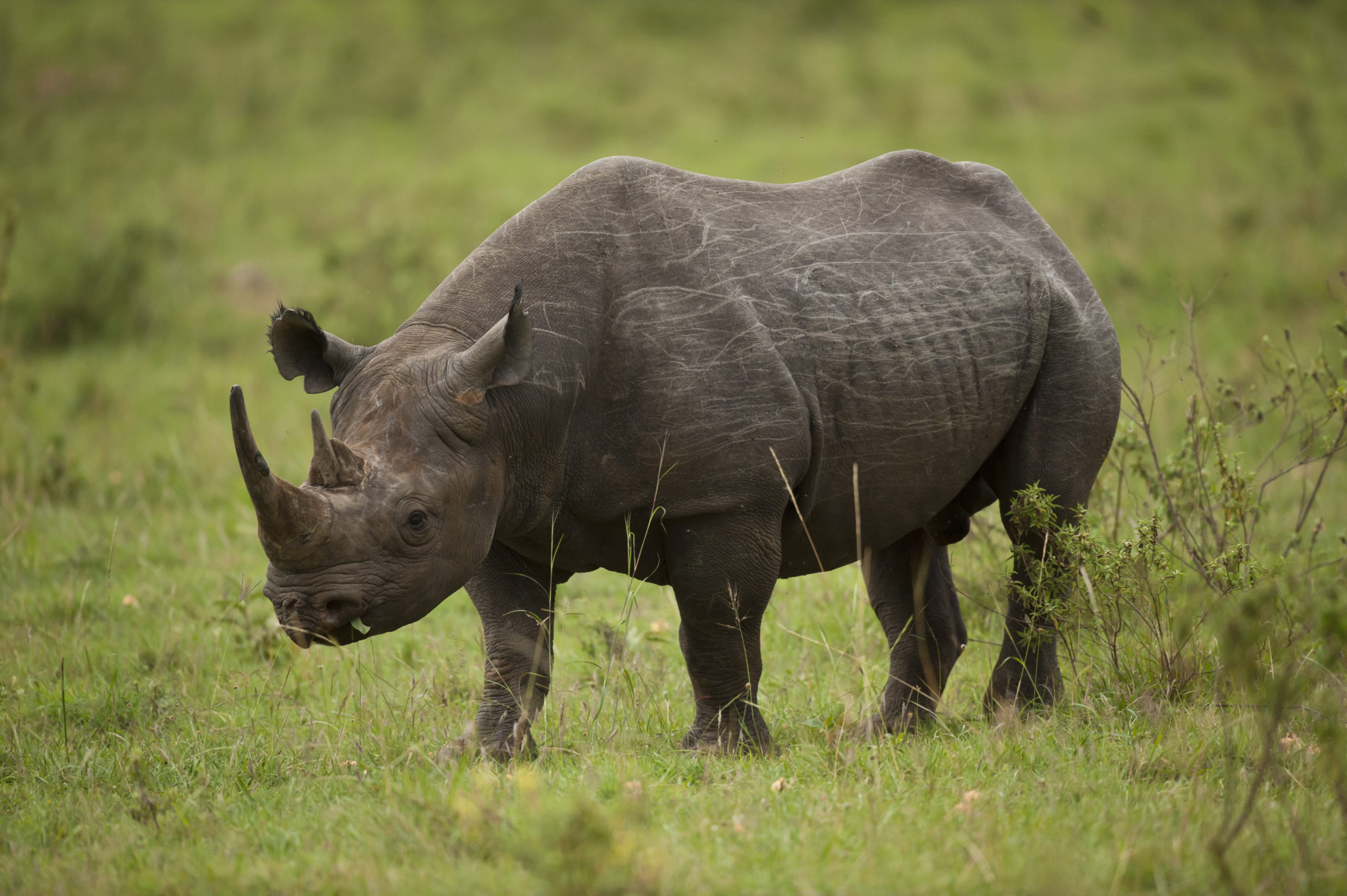
The International Union for Conservation of Nature classifies the species as critically endangered. They communicate with whistling and whining noises, as well as by kicking around their dung. They’re decent swimmers, fast runners, and even adept climbers, getting up and down steep slopes with ease.
PICTURE OF RHINOCEROS SKIN
This helps keep them cool and prevents their skin from cracking or drying out. By day, they can be found wallowing in ponds and other shallow, muddy waters. Like other rhinos, they have a keen sense of smell and sharp hearing, and they leave a network of scented trails throughout the forest in order to find one another. They also seek out salt licks and will visit their favorites every month or two. Their favorite foods include wild mangoes, bamboos, and figs. Sumatran rhinos are solitary creatures that feed on fruit, twigs, leaves, and shrubs. Now, however, the only remaining viable population lives in isolated pockets of Indonesia, mainly on the island of Sumatra. Sumatran rhinos once could be found throughout Southeast Asia, particularly in the dense mountain forests of Indonesia, Malaysia, Thailand, and Myanmar, as well as the foothills of the Himalayas in Bhutan. The front horn may grow up to 31 inches but is normally much smaller, while the posterior horn may grow up to three inches but is generally no more than a hump. The Sumatran rhino’s two horns are considerably smaller than those of their African relatives, the black rhinos and white rhinos. The hair helps keep mud caked to the body, which cools its skin and protects it from insects. The smallest of the five living rhino species, the Sumatran rhino’s hide is dark red-brown in color and covered with patches of short, dark, stiff hair. The two-horned Sumatran rhinoceros shares the bleak distinction of world’s most endangered rhino with its regional cousin, the Javan rhino, both species of which are listed as critically endangered. Even now, the organization estimates one rhino is killed every 12 hours.Current Population Trend: Decreasing What is the Sumatran rhinoceros? According to the World Animal Foundation, the poaching crisis took off in 2008 and reached a peak between 20, when more than 1,000 were slaughtered every year. The species is classified as "near threatened."ĭemand for rhino horn comes mostly from East Asian countries - primarily China and Vietnam - where it's traditionally been used for medicinal purposes and carved into figurines. The WWF estimates there are 15,942 white rhinos around the world.

She believes the ranch's rhinos "could repopulate the whole of Africa, where we lose hundreds of rhinos each year to poaching." "We have so much rewilding power here," said the project's wildlife veterinarian, Michelle Otto. Now, he says, "the ideal buyer is a person or foundation with a passion for conserving rhinos and the means to keep the breeding project going."Īn auction page on the site adds, "With 200 rhinos born a year, the project has the power to make a significant difference and bolster declining rhino populations on the African continent." In 2017, he told National Geographic that he spends $170,000 a month on security, feed and veterinary services. The ranch's website states that Hume, a hotel mogul, has invested more than $150 million of his own money into the Platinum Rhino Project since it opened its doors in 2009. While Hume successfully sued the South African government in 2017 to reverse a decades-old moratorium on the domestic sale of rhino horns, the overall effort proved to be less lucrative than he'd projected. By being able to dehorn the massive pachyderms in a humane way and ensuring their survival, Hume said the Platinum Rhino Project would generate enough revenue to cover the large costs associated with managing and conservation of the species. His argument, and that of other private breeders, is that a legal rhino horn trade will drive down black market prices, which the World Animal Foundation estimates is between $15,000 to $30,000 per pound.

(Rhino horns are made of keratin – the substance in human fingernails – and can grow back at a rate of about 7 cm per year.)

His plan was to create a breeding farm where the horns could be safely sawn off a living rhino and sold on the open market. Hume established the Platinum Rhino Project, a sprawling 21,000 acre ranch about 100 miles southwest of Johannesburg, in an attempt to legalize the trade of rhino horns, which is banned in most countries. On Wednesday, Hume, who is estimated to own somewhere between 13% to 15% of the world's white rhinos, launched an auction to sell off the 2,000-strong herd in an online sale that's starting at $10 million. Now, he says, he can't afford the upkeep of his crusade. John Hume has been trying to save the white rhinos of South Africa before they're poached into extinction.


 0 kommentar(er)
0 kommentar(er)
